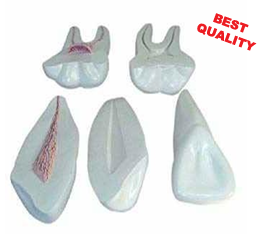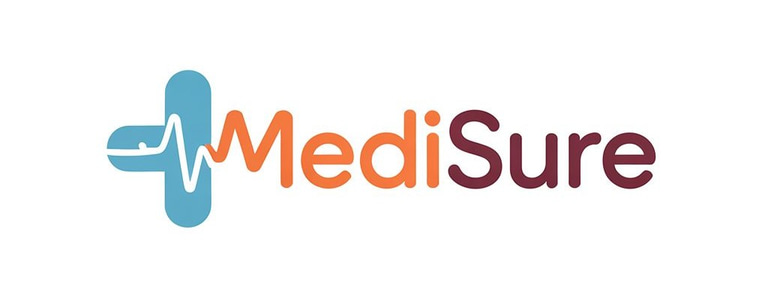رَبِّ زِدْنِي عِلْماً

EXPANSION MODEL OF HUMAN TEETH
₹82.00₹22.00
The human dentition is a complex and fascinating aspect of our biology, reflecting both our evolutionary history and functional needs. The expansion model of human teeth refers to an understanding of how these structures develop, adapt, and evolve over time. This model encompasses various factors influencing the arrangement, size, and shape of teeth within the human jaw. ### Overview of Human Teeth Humans possess two sets of teeth throughout their lives: primary (baby) teeth and permanent (adult) teeth. The primary set usually consists of 20 teeth, which emerge during infancy and are gradually replaced by 32 permanent teeth during childhood and adolescence. Each type of tooth—incisors, canines, premolars, and molars—serves a specific function, from cutting food to grinding it for easier digestion. ### The Expansion Model Defined The expansion model of human teeth can be defined as a framework that accounts for the size, shape, and arrangement of teeth, reflecting both genetic predispositions and environmental influences. This model suggests that as humans progressed through evolutionary stages, the morphology of teeth adapted in response to dietary changes, leading to a wider array of shapes and sizes in human dentition. ### Evolutionary Influences One of the most significant factors in the expansion model of human teeth is evolution. The development of the human diet, transitioning from a primarily herbivorous to an omnivorous diet, influenced the size and shape of dental structures. - **Dietary Adaptation**: Early humans consumed a diet rich in raw plants and tough meats, necessitating strong, durable teeth capable of withstanding heavy wear. Over time, cooking and food processing techniques led to softer diets, which reduced the selective pressure on tooth size. As a result, we can see a gradual trend in dental morphology as the jaw and teeth adapted to these changes. - **Jaw Size and Teeth Arrangement**: The size of the human jaw has also changed throughout our evolutionary history. As brain size increased, the jaw underwent various modifications, leading to a more compact arrangement of teeth. This has implications for crowded teeth in modern populations, a consequence of evolutionary changes not fully accommodating the number of teeth. ### Genetic Factors Another significant component of the expansion model is the genetic factors influencing tooth evolution. Genetic variation plays a crucial role in developing tooth size, shape, and arrangement. - **Polygenic Traits**: Most traits concerning dental characteristics are polygenic, meaning they are influenced by multiple genes. Thus, variations in tooth size and shape emerge within populations, leading to diverse dental phenotypes. - **Heritability and Population Diversity**: Heritable traits contribute to individual differences within populations. For instance, some populations may exhibit larger teeth or different shapes compared to others, reflecting genetic variation over time. ### Environmental Influences Besides genetic factors, environmental influences have also contributed to the expansion model of human teeth. - **Dietary Habits**: Changes in food availability and consumption methods directly affect dental health and structure. A diet low in abrasion and rich in soft foods can lead to changes in occlusion and tooth wear patterns. - **Cultural Practices**: Cultural habits, such as tooth filing, dental modification, or the use of particular food processing techniques, can shape tooth morphology. ### Dental Health and the Expansion Model Understanding the expansion model not only provides insight into human evolutionary history but also highlights the importance of maintaining dental health in modern societies. As humans adapt to contemporary diets, the potential for dental issues—such as misalignment and decay—has risen. - **Preventive Care**: Maintaining proper dental hygiene and regular check-ups can mitigate potential problems arising from changes in dietary habits. Knowledge of how our teeth evolved can be beneficial in developing effective dental care strategies that align with our biological makeup. - **Modern Challenges**: The expansion model may also help address current challenges, such as increased rates of malocclusion (misalignment of teeth). Understanding the evolutionary pressures that shaped our teeth can inform better dental practices and orthodontic interventions. ### Conclusion The expansion model of human teeth is an enlightening framework that demonstrates the intricate relationship between evolutionary pressures, genetic factors, and environmental influences. As we continue to explore the history and development of human dentition, it becomes clear that our teeth are not merely tools for chewing but are also markers of our evolutionary journey. By studying this model, we can gain a deeper understanding of both our biological past and how to maintain optimal dental health in the modern world.
Training
Providing essential healthcare training and simulation solutions.
COntacts
Support
info@medisureinternational.com
+91 9972123423
© Medisure. All Rights Are Reserved
Crafted with ❤️by Influence Kashmir
